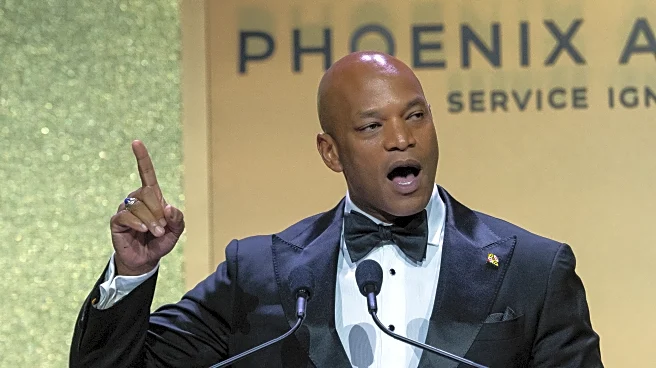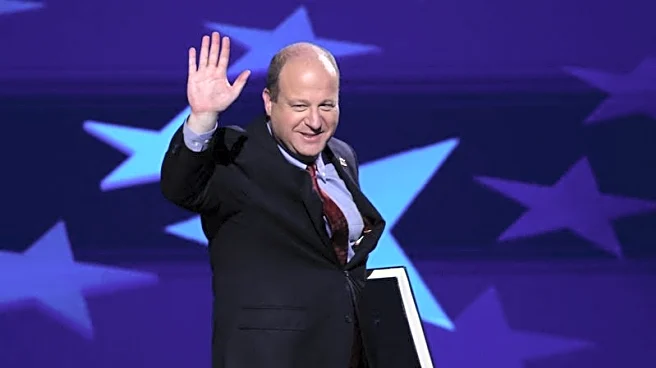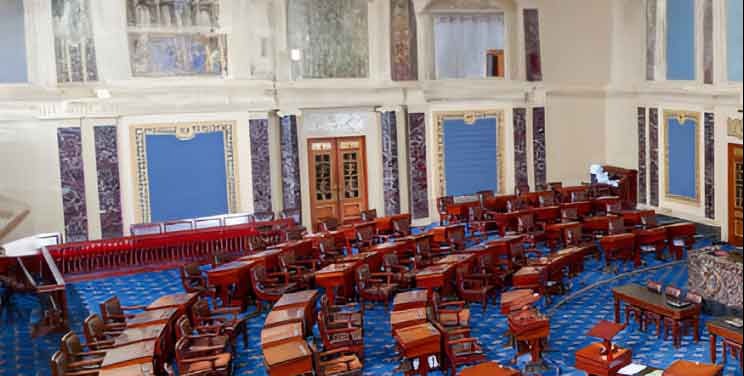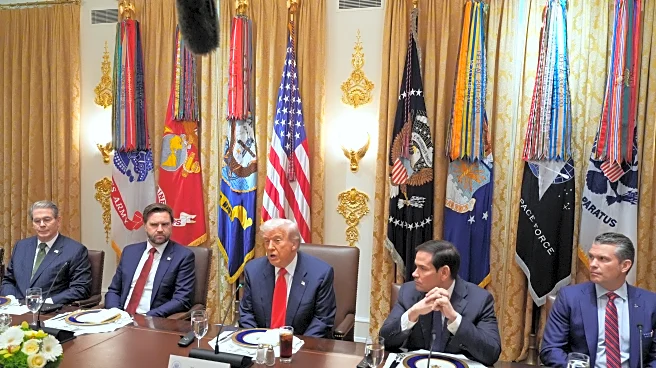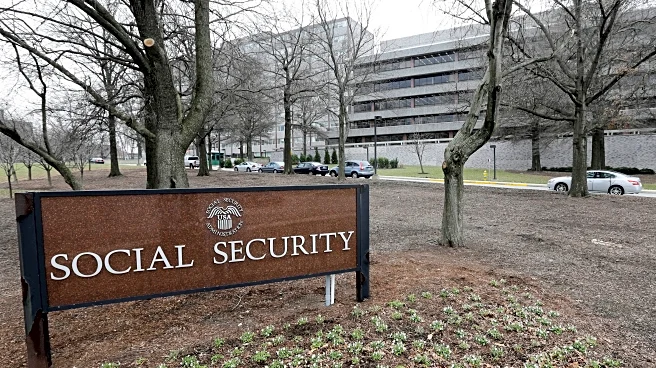What's Happening?
Governor Gavin Newsom of California has announced the formation of the Governors Public Health Alliance, a coalition of 14 governors aimed at strengthening public health leadership across the United States.
This initiative is a response to perceived misguidance from the Trump administration regarding vaccine safety and healthcare policies. The Alliance seeks to enhance emergency preparedness, improve communication, and ensure rapid response to health threats. Supported by GovAct, a nonpartisan initiative, the Alliance will facilitate collaboration among governors to share policy and legal approaches to critical health issues. The Alliance is guided by a Bipartisan Advisory Board consisting of former governors and senior federal officials.
Why It's Important?
The creation of the Governors Public Health Alliance is significant as it represents a coordinated effort to address public health challenges without political interference. By pooling resources and expertise, the Alliance aims to fill gaps left by federal policies and protect Americans from health threats. This initiative could lead to more consistent and effective public health responses across states, potentially improving healthcare access and outcomes. It also highlights the role of state leadership in countering federal policies that may undermine public health efforts.
What's Next?
The Alliance is expected to begin its work by enhancing cross-collaboration among public health groups and regional alliances. It will serve as a forum for discussing best practices and addressing common challenges. The initiative may lead to new policies and strategies that strengthen public health infrastructure and emergency preparedness. Stakeholders, including healthcare providers and civil society groups, may engage with the Alliance to advocate for policies that prioritize public health over political agendas.
Beyond the Headlines
The formation of the Governors Public Health Alliance underscores the growing importance of state-level initiatives in shaping public health policy. It reflects a broader trend of states taking proactive measures to address health challenges, especially in the face of federal policies that may not align with scientific evidence. This development could influence future public health strategies and encourage other states to adopt similar collaborative approaches.


